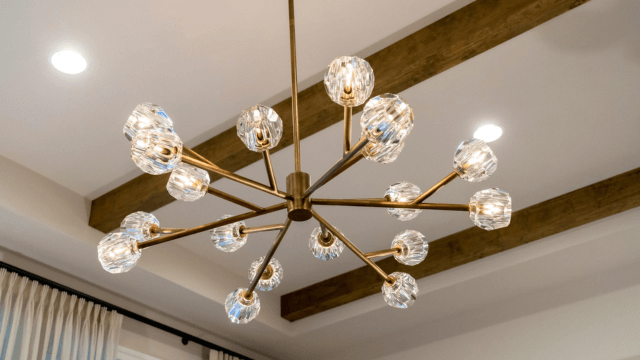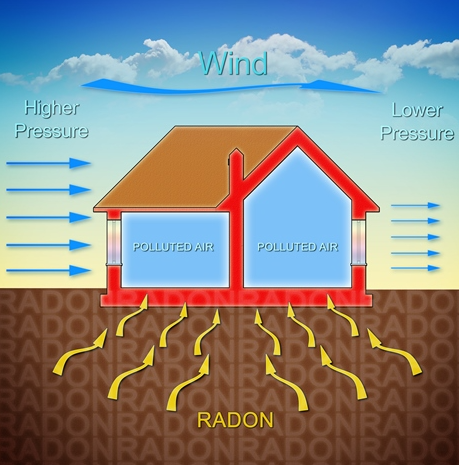Exploring the Evolution and Benefits of Modern Flooring Options

Technological advancements and consumer preference shifts have significantly transformed and positively impacted the flooring industry. With the introduction of various affordable flooring solutions, choosing an ideal floor has become one of exploration and discovery, providing more options than ever.
From the earthen underfoot felt by our ancestors to the high-tech solutions gracing homes today, the evolution of flooring speaks volumes of humanity’s ingenuity and cultural trends. Modern homeowners are now faced with the delightful dilemma of selecting from an ever-expanding array of materials, each with unique attributes and benefits.
Advantages of Contemporary Flooring Materials
The advanced manufacturing processes and cutting-edge materials primarily define the conveniences of contemporary flooring. For instance, luxury vinyl tile offers the timeless beauty of natural stone but with added resistance against moisture and high foot traffic — often at a fraction of the price. These modern materials satisfy a demand for durable, easy-to-maintain surfaces that can withstand the rigors of daily life without compromising on style.
Today’s consumer also sees beyond just the visual appeal and longevity of their floors; the environmental footprint of flooring materials is equally crucial. With the advent of options such as reclaimed hardwood and recycled rubber tiles, eco-conscious homeowners have many choices that look good and align with their values for a greener planet.
How to Choose the Right Flooring for Your Home
Choosing the right flooring for your home is a balancing act of preferences, practicality, and budget. It requires careful consideration of the specific needs of each room. For instance, entryways and hallways should feature hardwearing materials that can handle mud and moisture. In contrast, living rooms may benefit from the warmth and comfort of a plush carpet or an elegant hardwood floor.
Financial considerations are unavoidable, yet they need not limit one’s range of options. Today’s market offers surprisingly affordable and diverse solutions to suit tight budgets without compromising quality or style. In-depth research and recommendations from experienced professionals can uncover hidden gems that perfectly match your home’s needs.
Installation Techniques for Maximum Longevity
Installation is the critical final step that can make or break the longevity of your flooring. Although many homeowners may choose to trust this essential task to professionals, a growing trend towards DIY installation speaks to the semi-proficient spirit and the detailed guidance available today. Homework is necessary when self-installation, including understanding specific material requirements and the health of the underlying subfloor.
Whether outsourcing or tackling the job DIY-style, it’s paramount to ensure proper alignment, adequate acclimation of materials, and correct adhesive applications. Such meticulous attention during installation will maintain the structural integrity and appearance of your flooring for years to come.
The Role of Sustainability in Flooring Choices
Across industries, sustainability has become a watchword for the conscious consumer, and the flooring sector is no exception. In this sphere, sustainability translates into a preference for materials that are not just durable and appealing but also responsibly sourced and processed without harming the environment. These selections often include recycled content or biodegradable substances, contributing to the circular economy and reducing landfill waste.
Industry analyses and reports vividly illustrate the trajectory toward sustainability in flooring which explores the ever-increasing popularity of green flooring options and their budding presence in the consumer market. Such materials support an individual’s eco-friendly lifestyle and present a broader picture of commitment to our environment’s health.
Maintaining Different Types of Flooring
The different textures and materials of flooring come with their care protocols. For example, wood requires mindful protection from water damage and benefits significantly from periodic refinishing to restore its natural luster. Conversely, ceramic tiles boast easy cleaning and high resilience against stains and scratches. Grout lines between tiles may require extra attention to prevent discoloration and maintain a well-kept appearance.
Each flooring type, whether natural or synthetic, calls for specific treatments to help them resist daily wear and tear effectively. Routine maintenance is an investment in the longevity and beauty of any floor, potentially averting premature replacements and large-scale refurbishments.
Impact of Flooring on Property Value
The flooring choices homeowners make can significantly influence the property’s market value. Upscale materials like solid wood or natural stone can infuse a home with a sense of luxury, often appealing to potential buyers and driving up the price point. Even less costly options like high-quality laminate can boost a home’s visual appeal and functionality, reflecting well on its overall value.
It’s essential to weigh the initial installation costs against the potential uplift in property value. Additionally, selecting designs and materials likely to endure the test of time without falling out of fashion can maximize returns when selling the property.
Flooring Innovations in Accessibility and Comfort
Modern flooring is not just about visual appeal; it’s increasingly about creating accessible environments. Innovations have led to the development of floors with anti-slip features and support for wheelchair access, contributing to the safety and convenience of all individuals. In offices and gyms, ergonomic flooring solutions are incorporated to mitigate joint stress and reduce daily fatigue.
The future of flooring promises to intersect more deeply with health and technology, with the potential to complement our lifestyles in previously unimagined ways, providing both safety and comfort and possibly even energy and health benefits.





